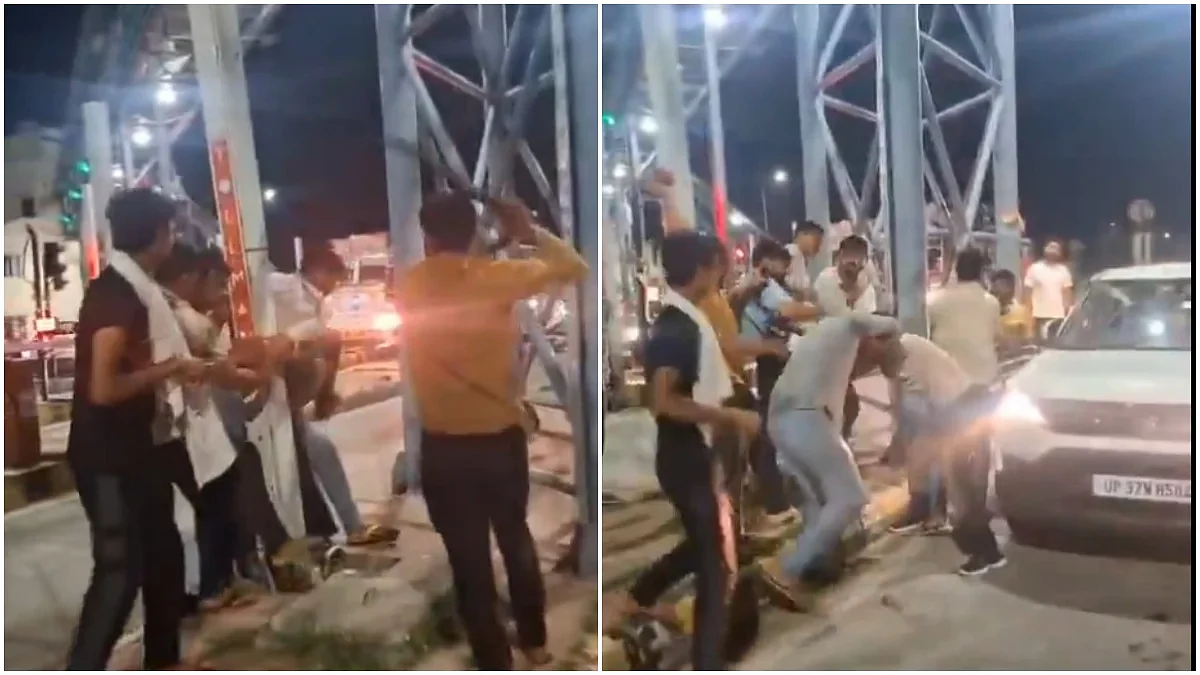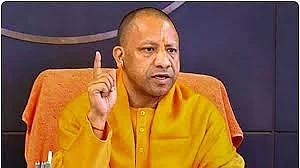The National Highways Authority of India’s (NHAI) recently launched FASTag Annual Pass, aimed at reducing toll expenses for frequent inter-state travelers, is facing growing criticism over its limited applicability—especially in urban centers like Mumbai.
Despite promising significant savings, the scheme’s restricted coverage has sparked debate among commuters and industry watchers. One of the most prominent critiques came from Rahul Mathur, a pre-seed investor at DeVC Global, whose detailed post on the social media platform X went viral.
A Viral Critique Highlights the Problem
In his post at 10:12 am on August 21, Mathur dissected the shortcomings of the new toll pass, highlighting that it does not apply to several high-traffic roads under state or private control. By 6 pm on August 22, the post had amassed over 699,000 views, resonating with thousands of urban commuters facing similar issues.
Currently, the FASTag Annual Pass is applicable only on National Highways (NHs) and National Expressways (NEs) operated by the NHAI, leaving out numerous toll roads managed by state authorities or private concessionaires. This has raised concerns about the pass’s real-world utility for commuters in metro regions, where a large portion of toll infrastructure is not under NHAI jurisdiction.
Key Exclusions and Inclusions
Mathur cited a personal example to underscore the pass’s limitations: his family spends nearly Rs 3,000 per month on tolls for the Bandra-Worli Sea Link, one of Mumbai’s key arterial routes—which remains outside the scope of the FASTag Annual Pass.
The Bandra-Worli Sea Link is excluded because it is operated by the Government of Maharashtra. Similarly, the Atal Setu is not included in the FASTag Annual Pass scheme. The Bangalore–Mysore Road is also not covered under the scheme for the same reason—it is operated by a private entity.
However, highways like NH 44 (part of the North–South Corridor, e.g., Srinagar to Kanyakumari), the Mumbai–Nashik Expressway, and the Ahmedabad–Vadodara Expressway are included in the FASTag Annual Pass scheme.
“What’s the point of a national toll-saving scheme if it excludes major city roads used daily by lakhs?” Mathur's post questioned.
Who Actually Benefits? Calculating the Savings
According to Mathur, the Annual Pass is especially worthwhile for frequent inter-state travelers, as the toll savings can add up significantly over time. Using the Rajmarg Yatra app, users can easily identify toll-exempt routes from their starting point to their destination, helping them plan the most cost-effective journeys.
“For instance, if you regularly drive routes like Bengaluru to Kochi or Mumbai to Goa—say, once a month—you could save approximately Rs 300 to Rs 400 per trip. Over the course of a year, that adds up to Rs 3,600 to Rs 4,800, often outweighing the cost of the pass itself. In fact, my relatives in Ghatkopar are particularly enthusiastic about the pass because they travel the Mumbai–Nashik corridor nearly twice a month. With toll charges on that route, their estimated savings are around Rs 5,000 annually. A similar case applies to those commuting between Mumbai and Surat, although that six-hour journey can be a bit of a stretch,” Mathur stated in his social media post on Thursday.
According to him, if you’re making at least one inter-state trip per month, the Annual Pass is likely to be a smart and economical choice. It offers both savings and convenience—especially for those who prefer road travel over other modes of transport.
How the Pass Works: Eligibility and Validity
Launched on 15th August 2025, the Annual Pass is designed exclusively for private 4-wheelers, meaning commercial vehicles such as taxis, tempos, and buses are not eligible. To obtain this pass, users must purchase it through the Rajmarg Yatra app or the official NHAI website. The pass requires a one-time payment of Rs 3,000 and is linked to the user’s existing FASTag, which is already associated with their vehicle. Once activated, the pass allows up to 200 trips within a one-year validity period. A "trip" is defined as a complete journey involving both an entry and exit toll booth. After either the 200-trip limit is reached or the one-year validity ends—whichever comes first—a new Annual Pass must be purchased to continue enjoying the benefits.
The Jurisdictional Hurdle: Why a Unified Pass is Elusive
Mathur emphasized that the Annual Pass, introduced by the Central Government through the NHAI, is applicable only to those highways and expressways that are developed and maintained under its jurisdiction. Since NHAI operates under a centralized framework, its passes are valid only on road stretches it directly oversees or funds under the PPP model.
However, roads, bridges, or infrastructure projects developed by state governments fall outside the scope of NHAI’s authority. Each state may have its own development bodies, contractual terms, and toll collection mechanisms. These projects often involve separate concessionaires and agreements that dictate their own tolling structures and policies.
“As a result, toll passes or pricing schemes for such state-managed projects are independently designed and implemented. For example, the Bandra-Worli Sea Link in Mumbai, which is under the Maharashtra State Road Development Corporation (MSRDC), has its own Monthly Pass system priced at around Rs 5,000 for unlimited travel. This is distinct and not interoperable with the NHAI Annual Pass. Thus, due to jurisdictional boundaries, varied funding models, and independent toll collection arrangements, a unified annual pass across all projects nationwide is not feasible at this time,” Mathur explained.

However, for frequent inter-state travelers, this pass offers great value. It's a positive step, and Mathur expressed hope that state governments will consider introducing similar schemes. While such initiatives might slightly impact revenue, urban commuters would benefit significantly.
Analyst Perspective
Transport analysts note that while the scheme is a welcome step for long-distance travelers, its limited urban reach reduces its appeal for daily users in cities like Mumbai, Delhi, and Bengaluru, where toll roads are often state-managed.






